Did you know that programmatic advertising now drives more than 85% of all digital ad spending? Creating a successful programmatic advertising strategy can seem complex, but with the right approach, you can navigate this field effectively. Programmatic advertising strategy involves automated buying and selling of ads, allowing for precision targeting and real-time adjustments.
This advertising strategy ensures your ads reach the right audience at the right time, and also helps enhance your marketing efforts. In case you’re not sure of the right strategy to use, worry less as I am here to guide you on what steps or the right strategy to follow. My step-by-step guide simplifies this process, breaking down each essential component. So, if you are ready to transform your approach quickly go into this detailed guide and uncover the secrets to a successful programmatic advertising strategy.
Key Points
- Using a programmatic advertising strategy can also help manage budgets more effectively.
- Programmatic advertising strategy uses data and automation to target specific audiences.
- A well-defined audience makes your programmatic advertising more efficient and impactful.
- Programmatic advertising leverages a vast network of ad exchanges and publishers, enabling marketers to extend their reach across multiple channels and devices.
- One of the most powerful aspects of programmatic advertising is its ability to provide real-time data insights.
Understanding Programmatic Advertising Strategy
A programmatic advertising strategy is a method of using technology to buy and place digital ads automatically. It leverages software and algorithms to purchase ads in real time, ensuring they reach the right audience at the right time. This strategy eliminates the traditional, manual process of ad buying, making it more efficient and precise.
To explain this term further, a programmatic advertising strategy significantly improves ad performance. It reduces waste by ensuring ads are only shown to relevant users. This increases click-through rates (CTR) and conversion rates. For instance, in a campaign I worked on, using programmatic advertising led to a 30% increase in CTR and a 20% boost in conversions. The strategy’s precision and efficiency make it a valuable tool for any digital marketer.
Using a programmatic advertising strategy can also help manage budgets more effectively. Since the process is automated, advertisers can set specific spending limits and bid amounts. Also, the software adjusts bids based on competition and ad performance, ensuring that the budget is used efficiently. That being said, we will further explore the different steps of programmatic advertising strategies.
Programmatic Advertising Strategies
Knowing the right strategies to follow is important for success. And so, here are the eight programmatic advertising strategies you need to know and follow for effective programmatic advertising.
#1. Defining Campaign Objectives
Clear goals guide your entire campaign and, whether you want to increase brand awareness or drive sales, knowing your objectives helps tailor your approach. For instance, if your goal is to boost brand awareness, your focus might be on maximizing impressions and expanding your reach across relevant demographics. On the other hand, if your aim is to drive conversions, you’d likely prioritize metrics like click-through rates (CTR) and actual sales conversions. Each goal requires a tailored strategy to achieve optimal results.
By setting clear goals, you ensure that your programmatic advertising efforts remain targeted and effective. It’s not just about throwing ads out there—it’s about strategically aligning your campaign to deliver on specific business objectives, leveraging data and insights to steer towards success.
See also: What is Brand Advertising? How To Build Brand Awareness
#2. Identifying Your Target Audience
Choosing the right target audience is absolutely crucial in programmatic advertising. When you nail down your audience, you’re ensuring that your ads land in front of the people most likely to be interested. This is where data and insights become your best friends. By diving into demographics, interests, and behaviors, you can paint a clear picture of who your potential customers are and where to find them online.
Tools like audience segmentation and lookalike modeling take this a step further, helping you refine your targeting to a tee. Audience segmentation breaks down your audience into specific groups based on shared characteristics, while lookalike modeling identifies new prospects who resemble your existing customers. Together, these tools make your advertising efforts more precise and impactful.
#3. Selecting Your Channel Mix
Choosing your channel mix is about where your ads will appear. Different channels reach different audiences. Using a mix of display, video, social, and native ads can maximize your reach. Each channel has its strengths. Display ads are great for visibility, video ads for engagement, social ads for interaction, and native ads for seamless integration. A varied channel mix ensures your programmatic advertising touches all potential customers, enhancing overall campaign performance.
#4. Determining Your KPIs
Deciding your KPIs (Key Performance Indicators) is important because they tell you how well your campaign is doing. Think of them like the scoreboard in a game, they measure your performance and help you understand what’s working and what needs tweaking. Metrics such as CTR (Click-Through Rate), CPA (Cost Per Acquisition), and ROAS (Return on Ad Spend) are like your team stats—they show how many goals you’re scoring and how efficiently you’re doing it.
For instance, a high CTR means people are clicking on your ads, which is great news because it shows they’re interested. On the other hand, a low CPA means you’re spending less to get each new customer, which is a win for your budget. Most importantly, having clear KPIs makes it easier to steer your programmatic advertising in the right direction. By keeping an eye on these metrics regularly, you can make quick adjustments to your strategy like changing tactics mid-game to improve your results and keep your campaign performing at its best.
#5. Picking Your Creative Format
Choosing the right creative format is very important. it is like picking the right tool for the job. Each format connects with users in its own way. Take videos, for instance—they’re super engaging and can really get across complex ideas. On the other hand, banners pack a punch with quick, direct messages that catch your eye fast.
The trick is to match your format to your goals and your audience. If you’re aiming for deep engagement, maybe video’s your go-to. If it’s about grabbing attention pronto, banners could be the way to go. Whatever you pick, it’s all about enhancing how your ads connect with people.
#6. Choosing the Right DSP
Choosing the right Demand-Side Platform (DSP) is important for successful programmatic advertising. A good DSP isn’t just a tool; it’s your partner in reaching your audience effectively. You want a DSP that not only provides the essential tools but also offers extensive reach and precise targeting capabilities.
Think of it like picking the perfect tool for a job—you want something that fits your specific needs. Look for a DSP that offers robust data insights, so you can understand your audience better and refine your targeting strategy. Some DSPs specialize in particular types of ad inventory or have unique integrations that can give you a competitive edge.
When you find the right DSP, it streamlines your ad-buying process, helps you reach the right people at the right time, and ultimately boosts your campaign performance. It’s like having a trusted advisor in your corner, guiding your advertising strategy towards success. So, take your time to choose wisely, because the right DSP can make a significant difference in your programmatic advertising efforts.
#7. Setting Ad Scale and Frequency
Determining ad scale and frequency ensures your ads are seen but not overbearing. Balance is crucial. Too few ads may be ineffective and as well, too many can annoy users. Properly scaling and scheduling your ads helps maintain a positive user experience and boosts your programmatic advertising effectiveness. Tools like frequency capping can help manage how often your ads are shown to the same user, avoiding ad fatigue and improving overall campaign efficiency.
#8. Ensuring Brand Safety
Ensuring your brand stays safe online is also important—it’s all about protecting your reputation. Imagine placing your ads next to content that doesn’t align with your values or might offend your audience. That’s where tools like ad verification and whitelists come in handy. Basically, they help ensure your ads pop up in safe, appropriate places, where your message won’t get lost in a sea of negativity or controversy.
Think of it as safeguarding your brand’s integrity. When your ads show up in the right places, it builds trust with your audience. They know they can rely on your brand to deliver quality content in environments that respect their values. Also, prioritizing brand safety isn’t just about avoiding PR nightmares; it’s about fostering long-term credibility and loyalty.
In the world of programmatic advertising, keeping your brand safe isn’t an afterthought—it’s a fundamental strategy for success. It’s about making sure every ad placement reflects positively on your brand, reinforcing its identity and values with every click.
Also Read: Brand Safety in 2024: Top 9 Threats No Advertiser Can Afford to Ignore
Next up are the components. Programmatic advertising strategy involves several key components:
Components of Programmatic Advertising Strategy
- Real-Time Bidding (RTB): This is the core of the strategy. It allows advertisers to bid for ad space in real-time. When a user visits a website, an auction happens instantly, and the highest bidder gets their ad displayed. This ensures that ads reach the most relevant audience.
- Data Management Platforms (DMPs): These platforms collect and analyze user data from various sources. By using a DMP, advertisers can segment their audience more effectively, creating more personalized ad experiences.
- Demand-Side Platforms (DSPs): These are the systems that allow advertisers to buy ad space programmatically. DSPs connect with multiple ad exchanges and networks, providing a wide range of inventory options.
- Supply-Side Platforms (SSPs): These platforms help publishers manage and sell their ad space. SSPs ensure that ad space is sold at the best possible price, maximizing revenue for publishers.
- Ad Exchanges: These are digital marketplaces where advertisers and publishers meet to buy and sell ad space. Ad exchanges facilitate the RTB process, ensuring that ads are placed efficiently.
Benefits of Programmatic Advertising
Here is a simple-outlined infographic on the benefits of programmatic advertising strategy:
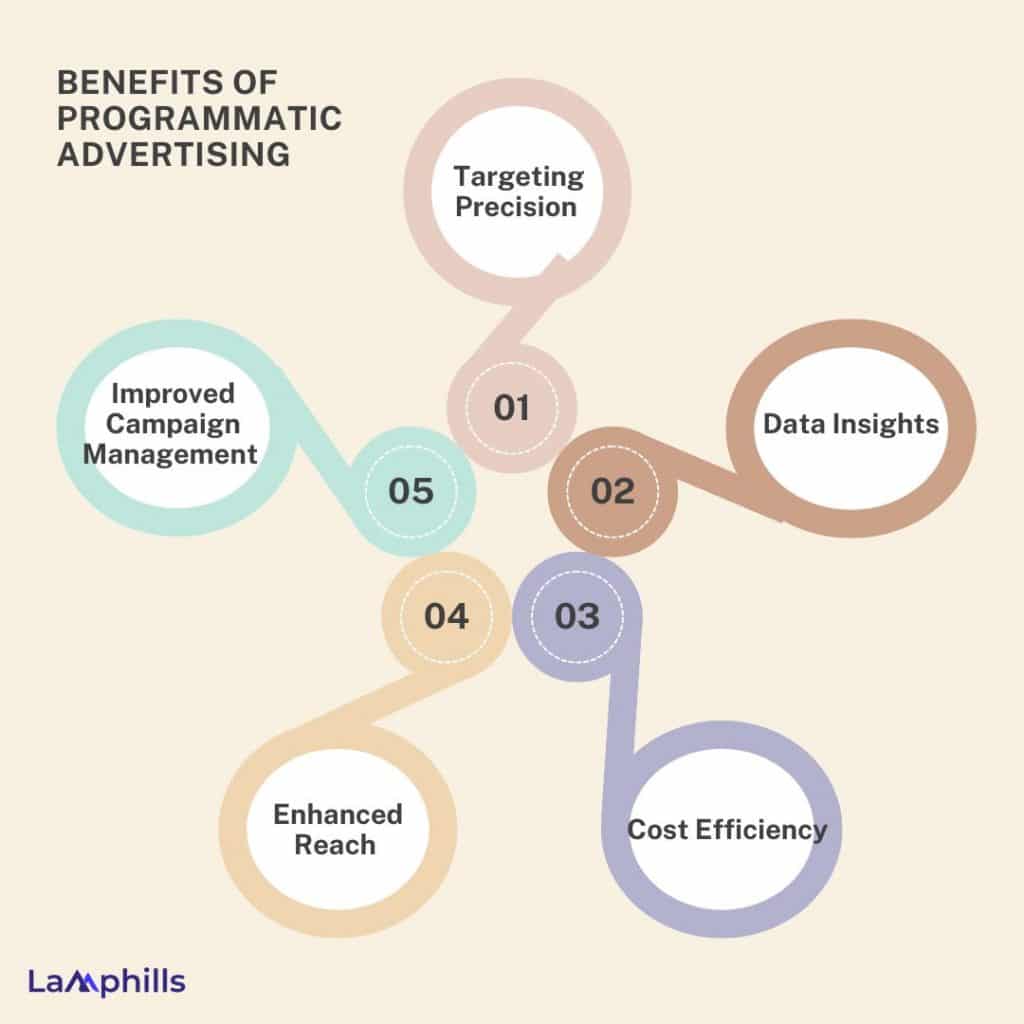
Understanding the benefits of programmatic advertising is crucial for marketers aiming to harness its full potential and maximize return on investment. Also, by going into its five key benefits, we can uncover how this advanced technology revolutionizes ad-buying strategies in the digital age.
#1. Targeting Precision
Programmatic advertising utilizes advanced data analytics and algorithms to target specific audience segments accurately. Instead of traditional methods that rely on broad demographics, programmatic allows you to define your audience based on granular data points such as age, location, interests, browsing behavior, and purchase history. This precision targeting ensures that your ads are shown to those most likely to convert, thereby maximizing the efficiency of your ad spend.
#2. Data Insights
One of the most powerful aspects of programmatic advertising is its ability to provide real-time data insights. Throughout the campaign, marketers can access detailed metrics such as impressions, clicks, conversions, and ROI. This data is updated instantaneously, allowing for quick analysis and adjustment of campaign strategies. By leveraging these insights, marketers can optimize bidding strategies, adjust targeting parameters, and fine-tune creative assets to improve overall campaign performance.
#3. Cost Efficiency
Programmatic advertising optimizes ad buying through automated processes and real-time bidding (RTB), which helps drive down costs. The automated nature of programmatic buying eliminates the need for manual negotiations and reduces human error. Additionally, RTB ensures that marketers pay competitive prices for ad placements, maximizing the value of each advertising dollar. This cost efficiency allows marketers to achieve higher returns on investment while staying within budget constraints.
#4. Enhanced Reach
Programmatic advertising leverages a vast network of ad exchanges and publishers, enabling marketers to extend their reach across multiple channels and devices. Whether it’s display ads, video ads, or mobile ads, programmatic technology ensures that your message reaches a diverse audience at scale. This enhanced reach not only increases brand awareness but also drives engagement and fosters customer loyalty over time.
#5. Improved Campaign Management
Automation lies at the heart of programmatic advertising, streamlining campaign management processes from start to finish. Marketers can set up, launch, and monitor campaigns through a single platform, eliminating the need for manual interventions. Automated algorithms optimize ad delivery based on real-time performance data, freeing up marketers to focus on strategic initiatives such as creative development and audience segmentation. This improved efficiency leads to more effective campaigns and better overall outcomes.
Programmatic Advertising Agency
Programmatic advertising has revolutionized how brands connect with their audiences online. Among the key players in this digital marketing landscape are Programmatic Advertising Agencies. These agencies streamline your marketing efforts, making your campaigns more efficient and effective. Let’s take a closer look at some of the top agencies in this field and see what makes them stand out.
#1. SmartSites

SmartSites is a leading programmatic advertising agency known for its data-driven approach. They use advanced tools to optimize ad campaigns, ensuring high engagement and conversion rates. What sets SmartSites apart is their dedication to personalized strategies. Each campaign is tailored to meet specific client needs, whether it’s increasing brand awareness or driving sales. With their expertise in data analytics and creative execution, SmartSites helps businesses achieve measurable results.
Features:
- Data-driven approach
- Advanced campaign optimization tools
- Personalized strategies tailored to client needs
Pros:
- High engagement and conversion rates
- Measurable results with clear ROI
- Strong focus on client-specific goals
#2. Lyfe Marketing

Lyfe Marketing specializes in delivering programmatic advertising services for small to medium-sized businesses. They excel in creating impactful ads that resonate with target audiences. Lyfe Marketing focuses on social media advertising, making it easier for businesses to connect with their customers on platforms like Facebook, Instagram, and LinkedIn. Also, their approach involves continuous monitoring and optimization, ensuring that every campaign adapts to changing market trends and consumer behavior.
Features:
- Specializes in social media advertising
- Continuous monitoring and optimization
- Focus on small to medium-sized businesses
Pros:
- Effective connection with customers on social media platforms
- Adaptable campaigns that follow market trends
- Affordable solutions for smaller businesses
#3. Power Digital

Power Digital combines technology and creativity to provide top-notch programmatic advertising solutions. Their team of experts uses data insights to create customized campaigns that drive results. More so, Power Digital’s strategic approach involves deep market research and audience segmentation. By understanding the unique characteristics of different audience segments, they can craft ads that are more likely to engage and convert. Their expertise ensures that every ad dollar spent delivers maximum value.
Features:
- Combines technology with creative strategies
- Deep market research and audience segmentation
- Data-driven insights
Pros:
- Customized campaigns that drive significant results
- Strategic approach ensuring maximum ad value
- Expert team with a strong track record
#4. The Trade Desk

The Trade Desk is a powerhouse in the programmatic advertising industry. Their robust platform allows advertisers to manage their campaigns across multiple channels, including display, video, and social media. What makes The Trade Desk stand out is its comprehensive data analysis and real-time bidding capabilities. They offer detailed insights into campaign performance, enabling advertisers to make informed decisions and adjust strategies on the fly.
Features:
- Robust platform for managing multi-channel campaigns
- Real-time bidding capabilities
- Comprehensive data analysis
Pros:
- Detailed insights into campaign performance
- Flexibility to adjust strategies quickly
- High-quality ad placements
#5. MediaMath
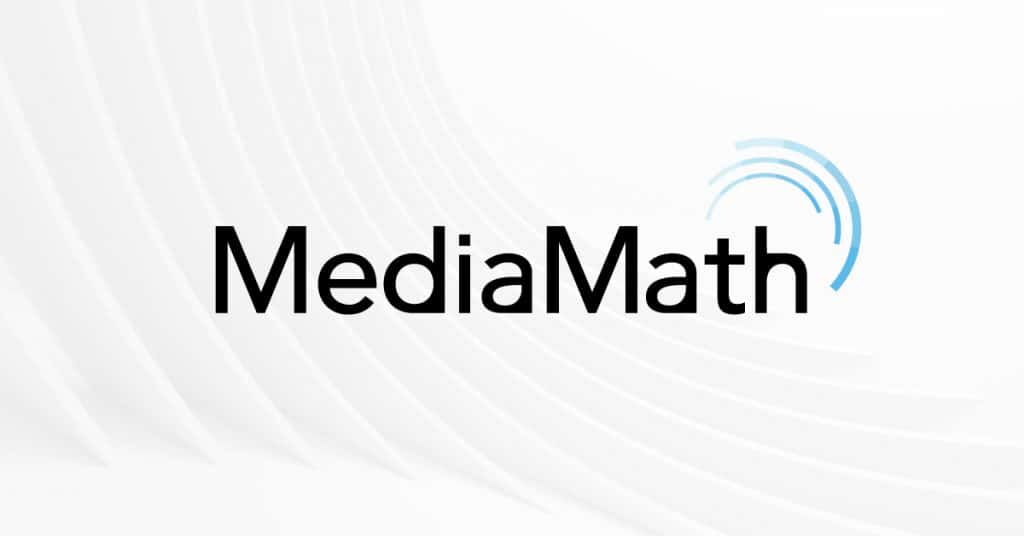
MediaMath specializes in helping brands navigate the complex world of programmatic advertising. They offer a wide range of services, from campaign management to audience targeting. MediaMath’s expertise lies in its ability to integrate various data sources to deliver highly effective ad campaigns. Furthermore, their approach involves using predictive analytics to forecast campaign outcomes and optimize performance. This ensures that clients achieve their marketing goals efficiently.
Features:
- Wide range of services including campaign management and audience targeting
- Predictive analytics for forecasting outcomes
- Integration of various data sources
Pros:
- Effective and efficient campaign performance
- Strong focus on achieving marketing goals
- Advanced use of data to optimize results
#6. Xandr
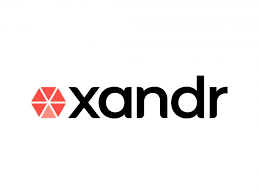
Xandr, a part of AT&T, leverages its extensive data network to provide cutting-edge programmatic advertising solutions. They focus on delivering seamless ad experiences across different devices and platforms. Xandr’s innovative approach includes using machine learning algorithms to enhance ad targeting and personalization. Additionally, their strong industry partnerships and access to vast amounts of data enable them to deliver high-quality ad placements that drive engagement and conversions.
Features:
- Extensive data network from AT&T
- Machine learning algorithms for ad targeting
- Seamless ad experiences across devices
Pros:
- High-quality ad placements driving engagement and conversions
- Innovative and personalized ad targeting
- Strong industry partnerships
#7. PubMatic
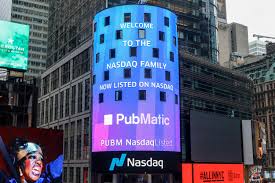
PubMatic is a leader in programmatic advertising, known for its advanced technology and publisher-focused solutions. They help advertisers reach their target audiences with precision and efficiency. PubMatic’s strength lies in its ability to optimize ad placements in real-time, ensuring maximum impact. Their platform offers transparency and control, allowing advertisers to manage their campaigns effectively and achieve desired outcomes.
Features:
- Advanced technology and publisher-focused solutions
- Real-time ad placement optimization
- Transparent and controlled platform
Pros:
- Precision and efficiency in reaching target audiences
- High-impact ad placements
- Effective campaign management
#8. Amobee
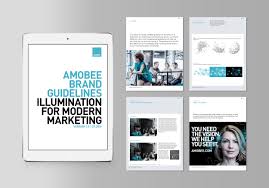
Amobee offers a comprehensive suite of programmatic advertising services, from audience analysis to campaign execution. Also, they use sophisticated algorithms to deliver personalized ads that drive engagement. Amobee’s expertise in cross-channel marketing makes it a top choice for businesses looking to expand their reach. They integrate data from various sources to create a unified view of the customer, enabling more effective targeting and higher ROI.
Features:
- A comprehensive suite of programmatic services
- Cross-channel marketing expertise
- Unified customer view from various data sources
Pros:
- Personalized ads driving high engagement
- Effective targeting and higher ROI
- Strong capability in audience analysis and campaign execution
#9. Digilant
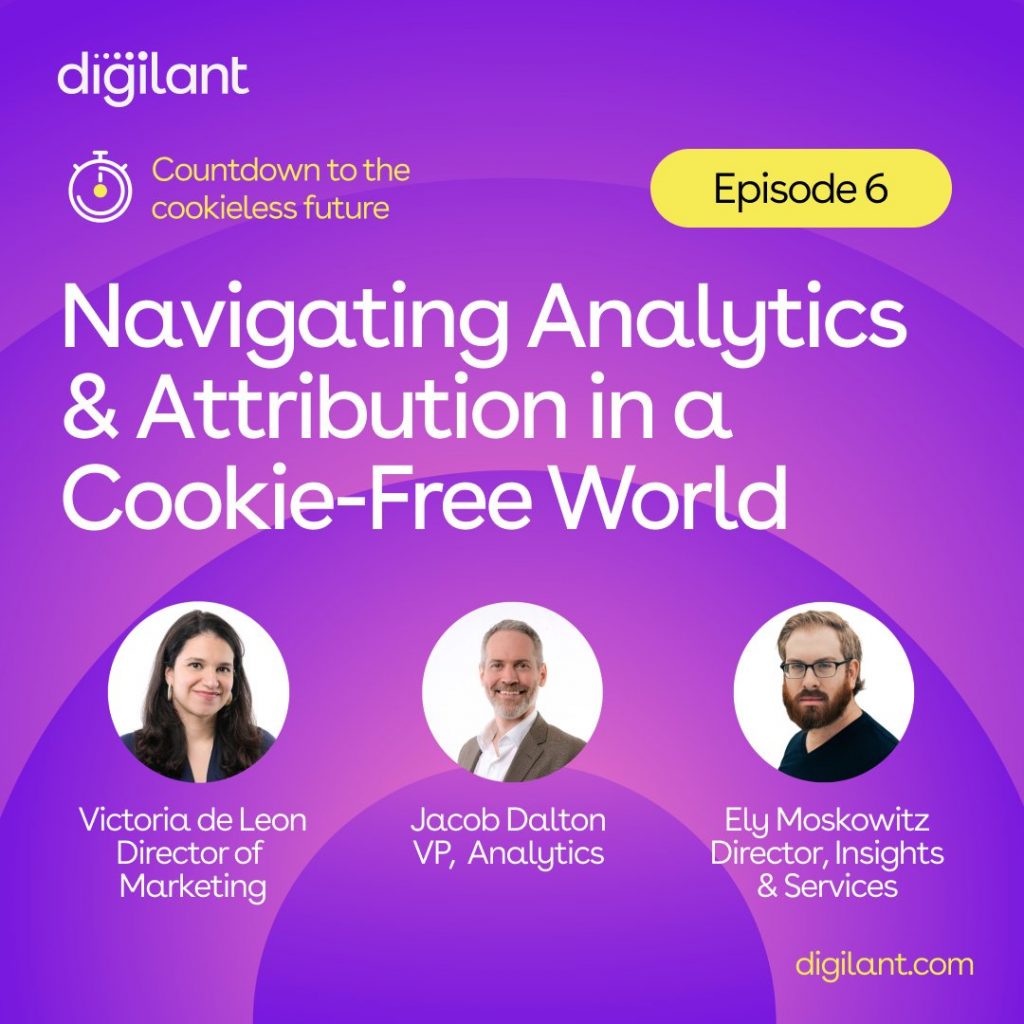
Digilant combines technology and human expertise to provide exceptional programmatic advertising services. They focus on understanding client needs and delivering customized solutions that drive results. Digilant’s transparent approach and commitment to client success set them apart. They offer detailed reporting and insights, ensuring that clients have a clear understanding of campaign performance and areas for improvement.
Features:
- Combination of technology and human expertise
- Transparent reporting and insights
- Customized solutions based on client needs
Pros:
- Clear understanding of campaign performance
- Commitment to client success
- Detailed insights for continuous improvement
#10. TripleLift
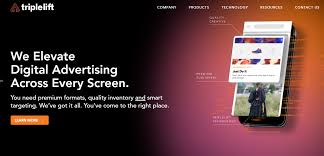
TripleLift is revolutionizing programmatic advertising with its innovative approach to native advertising. They seamlessly integrate ads into content, providing a non-intrusive user experience. In addition, TripleLift’s unique offering makes it a standout agency in the programmatic space. Their technology allows for dynamic ad creation and real-time optimization, ensuring that ads are relevant and engaging to the audience
Features:
- Innovative native advertising approach
- Dynamic ad creation and real-time optimization
- Seamless ad integration into content
Pros:
- Non-intrusive user experience
- Highly engaging and relevant ads
- Standout technology in the programmatic space
Programmatic Advertising Examples
Apart from learning about the right programmatic advertising strategies, components, and top agencies, It’s also very important to get familiar with some real-life examples of how programmatic advertising has been used effectively.
I’ve done my research and come up with some examples, and how each of them can help your business.
#1. Coca-Cola’s Personalized Campaign

Coca-Cola’s campaign gathered data from social media and other sources to create ads that spoke directly to individual consumers. If someone posted a lot about fitness, they might see an ad for Coca-Cola Zero Sugar. Also, this use of programmatic advertising allowed Coca-Cola to reach its audience with relevant content, increasing engagement and brand loyalty.
What to learn
- Personalized ads based on consumer preferences can greatly enhance engagement and loyalty. Also, brands can learn that tailoring ads to individual preferences can significantly boost interaction and connection with consumers.
#2. Nike’s Dynamic Creative Optimization
Nike employed programmatic advertising through dynamic creative optimization (DCO). DCO allowed Nike to automatically create and deliver personalized ads based on user data. For instance, a runner might see an ad for Nike running shoes, while a basketball player might see an ad for the latest basketball sneakers. This strategy not only improved user experience but also boosted conversion rates.
What to learn
- The lesson for brands is that DCO can effectively tailor messages to fit specific audience segments, enhancing overall ad effectiveness.
#3. Audi’s Targeted Video Ads
Audi utilized programmatic advertising to deliver targeted video ads. They analyzed data to understand their audience’s viewing habits and preferences. Audi then placed video ads on platforms where their potential customers spent most of their time. This programmatic approach helped Audi reach a more precise audience, leading to higher engagement and better ROI on their advertising spend.
What to learn
- Brands can learn that analyzing audience behavior can help in placing ads more effectively, leading to better results.
#4. Spotify’s Contextual Advertising
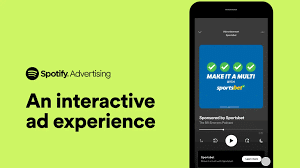
Spotify used programmatic advertising to create contextual ads based on users’ listening habits. If a user was listening to workout playlists, Spotify would deliver ads for fitness products or services. This contextual targeting made the ads feel less intrusive and more relevant, enhancing the overall user experience and improving ad effectiveness.
What to learn
- Contextual ads based on user behavior can make advertising feel more relevant and less intrusive, improving user experience and effectiveness.
#5. Procter & Gamble’s Efficiency Driver

Procter & Gamble (P&G) adopted programmatic advertising to streamline their ad buying process and cut costs. By automating the ad placement process, P&G could reduce wastage and ensure their ads reached the right audience. This shift to programmatic advertising led to a more efficient allocation of their advertising budget and better campaign performance.
What to learn
- Automating ad placement can reduce costs and improve targeting, leading to more efficient use of the advertising budget.
#6. The Economist’s Subscriber Acquisition
The Economist used programmatic advertising to boost subscriber numbers. They targeted ads to individuals who had shown interest in business and economic topics. By using precise targeting and data-driven strategies, The Economist saw a significant increase in subscriptions and engagement. This success highlighted the power of programmatic advertising in achieving specific business goals
What to learn
- Precise targeting backed by data can be very effective in achieving specific goals like increasing subscriptions.
#7. Amazon’s Retargeting Strategy
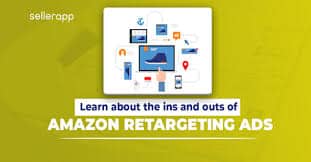
Amazon’s programmatic advertising strategy includes effective retargeting. When users browse products on Amazon but do not make a purchase, Amazon uses programmatic ads to remind them of these products on other websites. This approach keeps potential customers engaged and often leads to higher conversion rates, showcasing the power of programmatic advertising in driving sales.
What to learn
- The key lesson is that retargeting can help convert potential customers who might need an extra nudge to complete a purchase.
#8. IKEA’s Cross-Device Campaign
IKEA implemented a cross-device programmatic advertising campaign to reach customers across multiple platforms. By tracking user behavior on different devices, IKEA delivered consistent and personalized ads whether customers were on their phones, tablets, or computers. This comprehensive approach maximized their reach and reinforced their brand message effectively.
What to learn
- A cross-device advertising strategy ensures a consistent and personalized user experience across multiple platforms, maximizing reach and reinforcing brand messages.
What Is the Objective of Programmatic Advertising?
The objective of programmatic advertising is to automate the buying and selling of ad space. This approach uses data and algorithms to deliver the right ads to the right people at the right time. Key objectives include:
- Efficiency: Automate the ad buying process to save time and reduce costs.
- Precision: Use data to target specific audiences more accurately.
- Optimization: Continuously improve ad performance through real-time adjustments.
- Scalability: Reach a broader audience across various platforms and devices.
What is a Programmatic Ads Report?
A programmatic ads report is a detailed analysis of the performance of your programmatic advertising campaigns. It provides insights into various metrics and data points that help you understand how your ads are performing and where improvements can be made. Creating a programmatic ads report requires a detailed checklist to ensure all key areas are covered.
Here’s a comprehensive checklist for your programmatic ads report:
What Is an Example of a Programmatic Strategy?
A good example of a programmatic advertising strategy is retargeting: Retargeting focuses on displaying ads to users who have previously interacted with a brand’s website or app but didn’t complete a desired action, such as making a purchase. Here’s how it works:
- Identify Visitors: The strategy starts by tracking visitors using cookies or other tracking methods.
- Segment Audience: Segment these visitors based on their behavior, like pages visited or products viewed.
- Design Custom Ads: Create personalized ads tailored to these segments. For instance, if a user viewed a pair of shoes but didn’t buy them, the ad might showcase the same shoes with a special discount.
- Bid for Ad Space: Use programmatic platforms to automatically bid for ad space where these users are likely to visit, such as social media sites or other websites they frequent.
- Display Ads: Serve these personalized ads to the segmented audience, encouraging them to return and complete the desired action.
Retargeting increases the chances of converting potential customers by keeping the brand and its products top of mind, thus enhancing the overall effectiveness of the advertising campaign.
Related Articles
- 10 Brand Marketing Tactics That Actually Drive Results
- What is Brand Advertising? How To Build Brand Awareness
- MARKETING VS ADVERTISING: Differences






